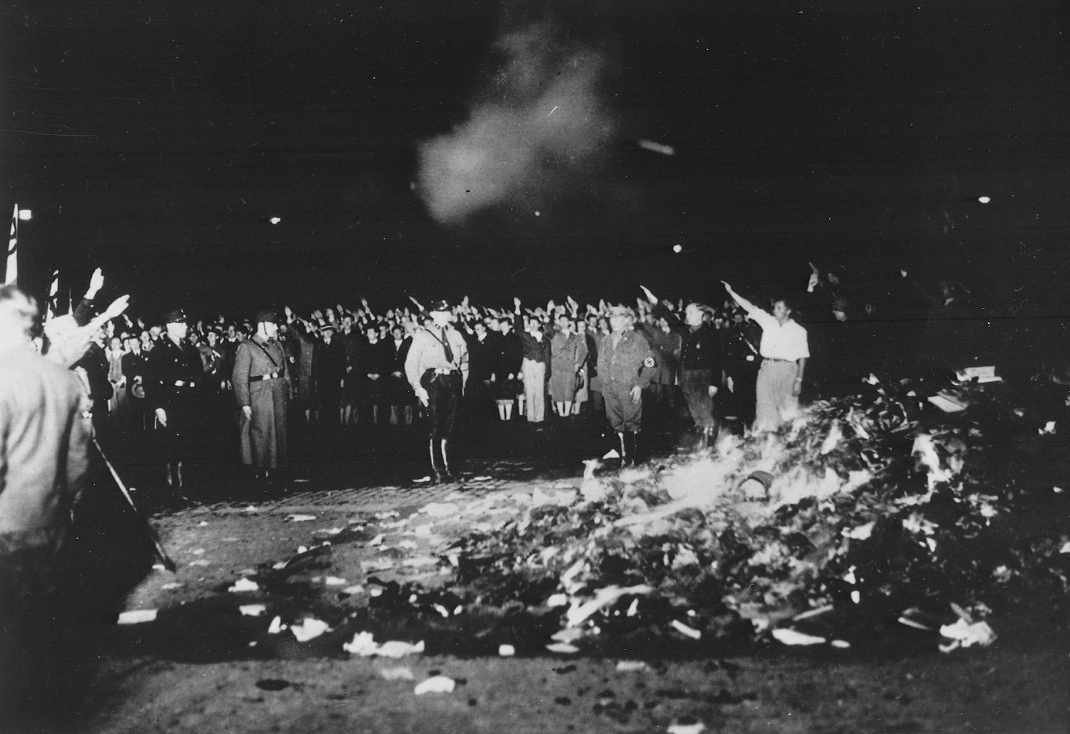Unpaid internships provide useful experience but not much else

Kelly Glueck
-Managing Editor-
Internships are the figurative limbo between learner and professional. They have the potential to solidify a career decision, while simultaneously giving companies a trial or probation period to test their loyal trainees.
Sounds great, until those dreaded words are quietly muttered, “As an intern, you will have to enroll in college credit. Also, did we mention this is unpaid?”
For a grand total of three credit hours, approximately $400, an opportunity-seeking student has the chance to spend 20-35 hours fulfilling their supervisors’ menial tasks. It is no surprise this “free” labor was quickly taken advantage of.
Last year, the Department of Labor released a Fair Labor Standards Act implementing new labor requirements in order to protect interns from the title “coffee runner.” The act broadly defined the word ‘employ’ as ‘suffer or permit to work’ and listed six criteria separating ‘employees’ from ‘trainees,’ or unpaid interns.
This criteria includes fostering a supervised learning environment for the betterment of the intern. This does not include filing paperwork or reorganizing bookshelves.In some cases, unpaid internships can provide a valuable experience that prepares an intern for a job in their chosen field, and occasionally employers will go on to hire those interns.
In April of last year, National Association of Colleges and Employers (NACE) surveyed 20,000 graduating seniors. Out of those surveyed working in the for-profit sector, approximately 60 percent were hired upon graduation; where as, only 38 percent of non-profit trainees found jobs after graduation.Despite the nearly 40 percent hiring rate, students are seeing unpaid internships as the only way to break in to the professional world during a slowing economy.
Employers are taking advantage of this. It would be costly for them not to. Colleges and universities are also taking advantage of eager students willing to jump in to the workforce for free. Interns are still required to pay for college credit despite not getting paid. Therefore, colleges and universities are making profits without the need to budget for faculty or classroom materials and equipment. It is a money saver for everyone, except the student.
Interns, by law, learn things, and now have something to garnish their resumes. But is it worth student loan debt (now totaling 880 billion dollars) toppling credit debt in a job market that offers a 38 percent hiring rate?
For example, a student takes an unpaid internship for MTV in New York City. The internship is unpaid and cheap rent in a shared apartment the size of a two-stall bathroom, twenty miles outside of the metro, will run you a minimum of $1,500 per month.
In a summer semester, a student can spend close to $4,500 on rent alone. This, combined with a three-credit course and food and drink, totals the cost of living nearing $6,500, or a semester’s tuition for a full-time student at Missouri State University.
Many interns plan on working when they arrive to internships; however, the competition and long hours (surveyed by NACE at an average of 20-25 hours a week) can cause some interns finding themselves too involved in their internship to work a part-time job whether in New York or St. Louis.
Taking that great opportunity in New York might be worth it if you have a rich uncle willing to feed and house you. For the rest of us, the high cost of living might leave us climbing the debt latter and moving back into our parents’ basement.
For more information of your rights under the Fair Labor Standards Act visit: http://dol.gov/whd/regs/compliance/whdfs71.htm












